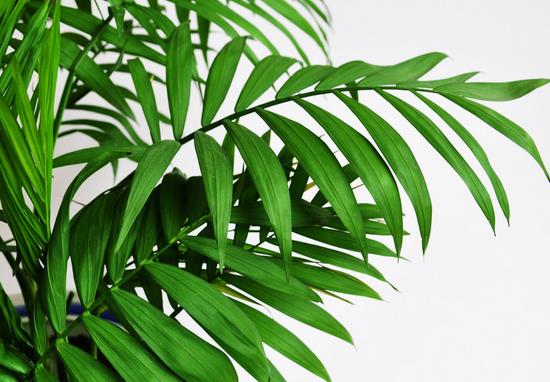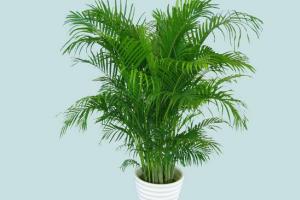Ten reasons for the yellowing of loose-tailed sunflower culture
Loose-tailed sunflower must be known to everyone, loose-tailed sunflower is one of the most popular indoor potted plants, but some friends in the breeding of loose-tailed sunflower, encountered loose-tailed sunflower yellowing, then, what is the reason for loose-tailed sunflower yellowing? The following editor introduces you to the top 10 reasons.

What reason is loose tail sunflower yellowing?
1. Soil discomfort
Indoor potted sunflower should choose acidic soil, the acidity of the soil is not enough, which will affect the absorption function of the root system and cause the leaves to turn yellow.
2. Improper transplantation
Transplanting the upper plate is a thing that needs to be done in potted planting of loose-tailed sunflower, to dig out the plant on the pot, to remove part of the surrounding root system, and the surrounding fine root is the main root system that plays the role of absorption, after this part of the root system is injured, it is easy to lead to problems in nutrition supply, making the plant gradually haggard and die. It is a sign that the leaves turn yellow and droop.
3. Overwatering
Too much watering is also one of the reasons for the yellowing of sunflower leaves, which does not mean that plants can absorb and utilize water in the basin soil. when the basin soil is too wet, it affects the respiration of plant roots, thus affecting the absorption of water by roots. and cause the plant leaves to turn yellow.
4. Too little watering
It is no good to water too much or too little. Sunflower needs sufficient water during its growth. When the basin soil is dry for a long time, because the growth of the plant does not get enough water, the leaves will begin to turn yellow and wither.
5. Humidity is too low
Loose-tailed sunflower likes high air humidity, and when the air is too dry, it will cause the leaves to slowly turn yellow. Water should be sprayed on the leaf surface and the surrounding environment 3 or 4 times a day throughout the growth period to increase air humidity. But stop watering after dormancy.
6. The temperature is too low
Loose-tailed sunflower likes to be warm, and it is necessary to do a good job of heat preservation and anti-freezing in winter. generally, about 10 ℃ can survive the winter safely. if the temperature is too low, the leaves will turn yellow, the leaf tip will dry up, and cause root damage, affecting the growth of the coming year.
7. The sun is too strong
Loose-tailed sunflower likes the semi-overcast environment from May to September, and there will be some phenomena such as leaf yellowing, focal tip, focal edge and so on in direct sunlight. During this period, it should be placed under a shade or under a big tree to avoid direct sunlight.
8. Excessive fertilization
Excessive fertilization will cause the reverse osmosis of plant root cells and make the plant lose water. When the degree is light, it will lead to the focal tip and edge of leaves, and in serious cases, it will cause rotting root death.
9. Viscous weight of basin soil
Loose-tailed sunflower is suitable for sandy loam cultivation, if the potted soil is too sticky, it will cause part of the root system to rot at the end, then the leaves begin to turn yellow, and the plants grow poorly or even die.
10. Pest infection
Leaf mites and shell insects are relatively common pests in loose-tailed sunflower. When leaf mites or shell insects grow in the leaves of loose-tailed sunflower, pests cause damage to plants, and loose-tailed sunflower will begin to turn yellow. If you do not take measures such as spraying, loose-tailed sunflower will die slowly.
The editor reminded that loose-tailed sunflower is a kind of plant that is afraid of cold, so we must adjust the indoor temperature, and we must often scrub the leaves of loose-tailed sunflower to keep them clean.
Related
- Wuhan Hospital Iron Tree Blooming Result Was Instantly Frightened by the Gardener Master
- Which variety of camellia is the most fragrant and best? Which one do you like best?
- What is the small blue coat, the breeding methods and matters needing attention of the succulent plant
- Dormancy time and maintenance management of succulent plants during dormancy
- Minas succulent how to raise, Minas succulent plant pictures
- What are the varieties of winter succulent plants
- How to raise succulent plants in twelve rolls? let's take a look at some experience of breeding twelve rolls.
- Attention should be paid to water control for succulent plants during dormant period (winter and summer)
- Watering experience of twelve rolls of succulent plants
- Techniques for fertilizing succulent plants. An article will let you know how to fertilize succulent plants.



